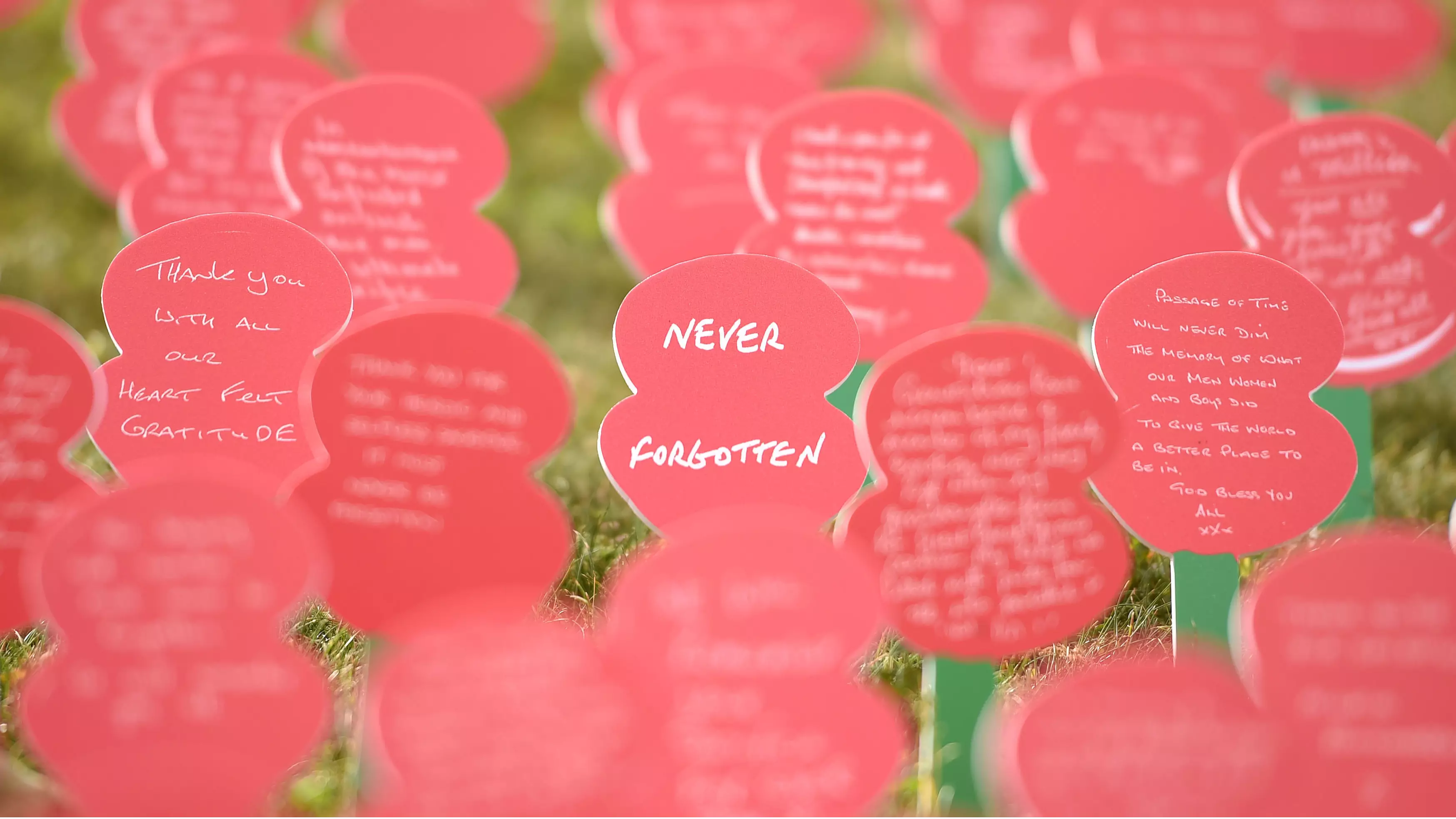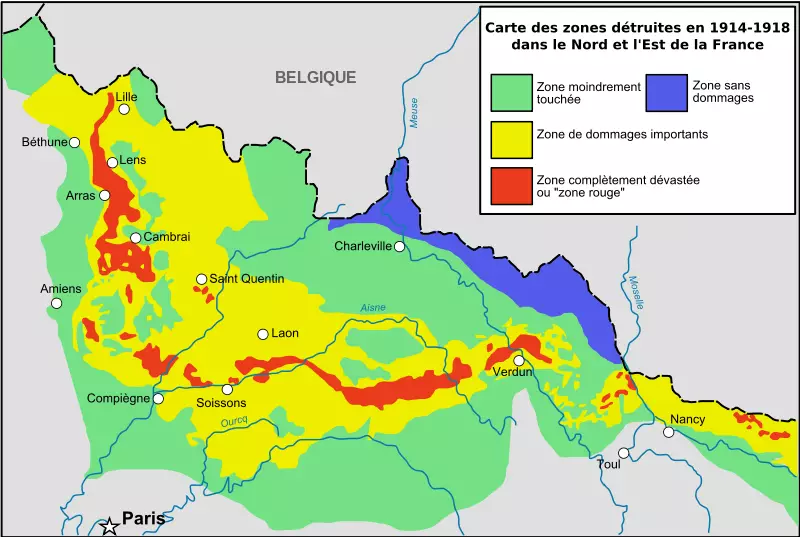
World War One was one of the bloodiest conflicts of all time - at least 18 million people lost their lives between 1914 and 1918 as a result of it.
Bizarrely, more than 100 years after the world war started, there are still parts of France that are completely uninhabitable.
The areas of France are known as the 'Zone Rouge', or Red Zone, and collectively it's not exactly a small area - in fact, it's more than 1,200 square kilometres (about 460 square miles). Under French law it is illegal to live, farm, or grow trees there because it is simply too unsafe.

Some areas around WWI battlefields are so badly affected by the aftermaths of World War One that 99 percent of all plants die because the soil is so polluted.
This is because there were a lot of chemicals used during the war and the soil around these areas is contaminated by arsenic (in some places up to 17 percent of soil samples consists of the poisonous chemical) as well as mercury, chlorine, and lead.
Oh, and of course there are then the unexploded shells and bombs.
According to the folks who are attempting to clear the area up it will take about 700 years to get the whole place sorted again. There are about 300 unexploded pieces of ordnance (explosives and ammunition) for every 10,000 square metres. Those are not good odds.

Another problem - perhaps the most depressing one - is that the ground has been contaminated by the sheer amount of human and animal remains that litter the area. This makes farming and growing food impossible.
In fact, most things are impossible in the Red Zone - after the war it was declared by authorities that the area was "completely devastated. Damage to properties: 100 percent. Damage to Agriculture: 100 percent. Impossible to clean. Human life impossible."
It's not just the areas that are off limits that suffer, either. Areas around the Zone Rouge still find shells and ammunition - farmers have had their tractors exploded after catching them with a plough. Furthermore, a lot of municipalities around the areas have been told that their drinking water is not safe due to pollutants from the production of ammo and rockets.
The no-go areas of Northern France stand as a continuous reminded or the horrors of the First World War. The people of these regions will never forget the tragic events of those four bloody years, because they still have to live with them to this day.
Featured Image Credit: PATopics: Interesting, History, France